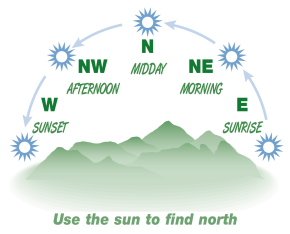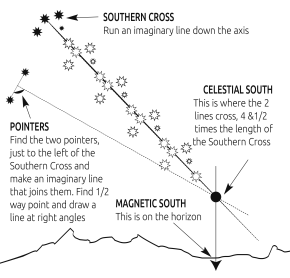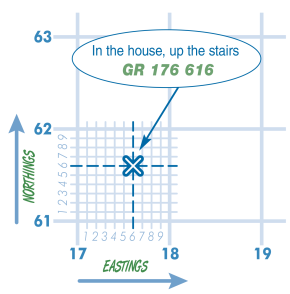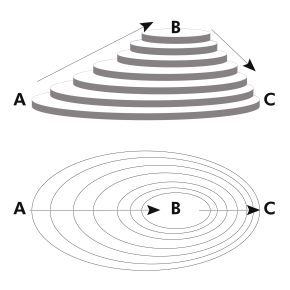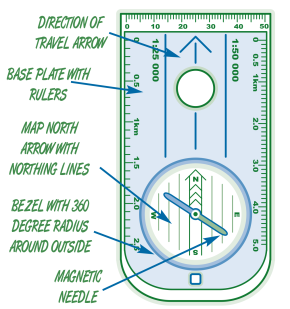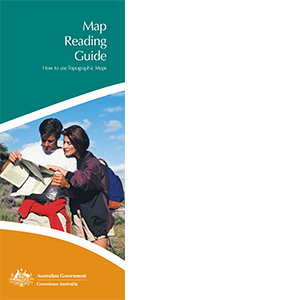Firstly, familiarise yourself with it… Things to look for include scale, contour intervals, colours, start point of your journey, which way is north.
Put your map into an A4 size mapcase, with the side up being the area to be walked, and the reverse side showing the route card.
A route card is a sheet detailing the walk you have planned to do, including grid references, steepness/elevation, estimated times & distances and other relevant information.
Example of Route Card
This is an example of a route card, other information it can contain includes the height gained and lost during each leg of the route, estimated and actual times.
| Leg | Start | Finish | Bearing | Distance | Comments |
|---|---|---|---|---|---|
| 1 | 535798 | 547235 | 23 | 1.5KM | Creek crossing, 200m climb |
| 2 | 547235 | 553748 | 130 | 1KM | road junction, watertank nearby |
| 3 | 553748 | 537890 | 250 | 2KM | flat forest area for most of the way |
| 4 | 537890 | 524784 | 280 | 1.7KM | 600m hill, lunch at the trig point |
| 5 | 524784 | 503278 | 295 | 1.3KM | 600m descent watch out for rock faces |
Before you start walking, locate your position on the map.
Always know where north is on your map, and always point your map north!
Once you have found that, you are on the way!
